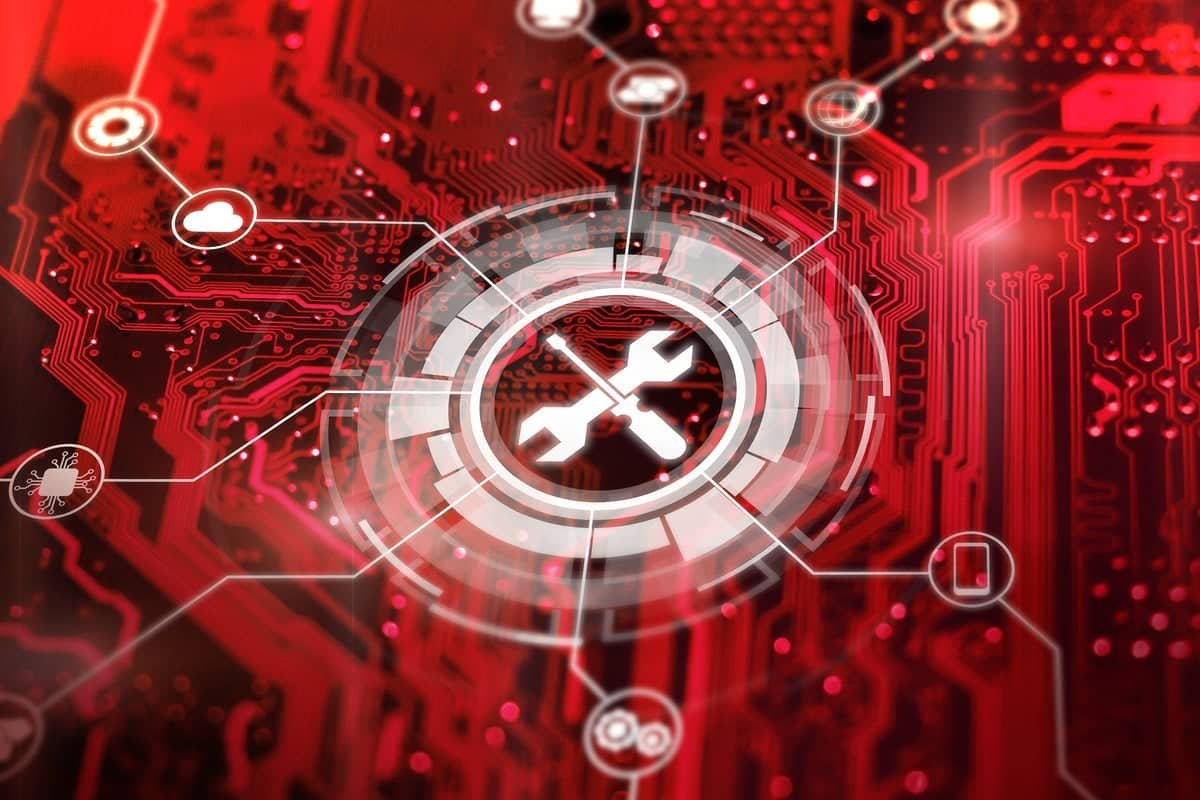
Let's be clear: It's not normal for a Windows update to remove software. It is designed to install the update, not to modify software that is already installed on your system.
At least updates aren't supposed to remove software. However, since March, if you are running the RDgateway brokerage service on server 2022 (and this version only), monthly cumulative updates have removed this service. This behavior is not normal; it's a mistake
As Microsoft notes on the Microsoft 365 admin panel: "We have received reports that after installing KB5005575 or later updates on Windows Server 2022 Standard Edition, the Desktop Services Connection Broker role remote and support services might terminate unexpectedly. We have expedited the investigation and are working on a resolution. Note: Windows Server 2022 Datacenter edition and other versions of Windows Server are not affected by this issue.
Microsoft is investigating the issue and will eventually fix the error.
The key to remember is that this behavior is not normal.
Patches should also not remove a user
If there is a third-party security product or application that blocks certain files at startup, the system will reboot after an update using a temporary profile. This can be confusing. Instead of booting to a blue screen of death, the system will simply boot to the point where it thinks Microsoft has removed the apps. The telltale sign: when the system boots with a blank user profile that no longer contains your customizations.
Normally a second reboot should restore the normal user profile. If not, there are steps to go back to the original profile. On the Askwoody forums, user BTBS explained the steps:
You can solve this problem by doing the following:
Windows 10 and 11 versions are now ready for "extended rollout"
All of these patch issues are important because Microsoft is now making Windows 10 21H2 available to users. You'll want to make sure you click Start > Settings > System > About, and scroll down to make sure it's 21H2. If not, use the InControl tool to check if you have set a registry key to block on 21H2. (As of May 10, service support for Windows 10 version 20H2 has ended, so it's important to update now.)
An extended deployment means that Microsoft considers a build of Windows complete without major hardware issues blocking the installation.
And as of May 17, Windows 11 was deemed ready for widespread deployment. (Although Microsoft has listed Windows 11 as "complete," I still consider it a work in progress.)
Feature releases take time to install
When you install a Windows 11 build or feature update, give yourself some time for your machine to receive the update. If your hardware is more offline than online, you'll often find that it doesn't receive updates. So keep it online for a while to make sure it checks with Microsoft to run updates. Then, once the feature version is installed, give your hardware time to re-index the files and update. (And check your key apps after installing updates to make sure they all work.)
Reminder: Updates will go smoother if you have an SSD as your boot hard drive. This will ensure that you have a smooth running experience with Windows 10.
Most patches work fine
When patches cause problems, they make headlines in the tech industry. However, most of the time, the patches do not cause side effects. Most Microsoft users will not see any of the known issues documented in the Heath release panel. But there are times when patches cause problems.
If after installing an update it has an unexpected side effect, uninstall it. If the problem goes away, the update is the problem. If it doesn't go away, the solution is probably not the root cause of the problem. At the same time, if someone reports a problem, the symptom may not occur on your workstation.
The bottom line is that patching shouldn't be avoided forever. In fact, ignoring updates in the past has caused problems, i.e. Microsoft has made updates cumulative. He found that users were skipping an update too often, leading to problems later on.
Copyright © 2022 IDG Communications, Inc.